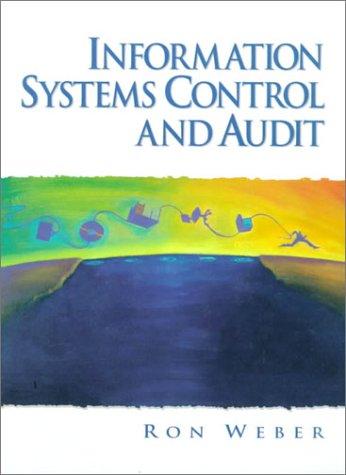As discussed in the chapter, many audit organizations now follow the cycles approach when evaluating an internal
Question:
As discussed in the chapter, many audit organizations now follow the "cycles" approach when evaluating an internal control system. This approach involves classifying transactions by cycles, converting the broad objectives of internal control into specific objectives for these classifications of transactions, and evaluating the controls in place in light of these objectives. The following five cycles apply to many organizations: revenue, expenditure, production or conversion, financing, and external financial reporting. For the revenue cycle, the American Institute of Certified Public Accountants (1979) lists the following eight objectives:
a. The types of goods and services to be provided, the manner in which they will be provided, and the customer to whom they will be provided should be properly authorized.
b. Credit terms and limits should be properly authorized.
c. The prices and other terms of sale of goods and services should be properly authorized.
d. Sales-related deductions and adjustments should be properly authorized.
e. Deliveries of goods and services should result in preparation of accurate and timely billing forms.
f. Sales and related transactions should be recorded at the appropriate amounts and in the appropriate period and should be properly classified in the accounts.
g. Cash receipts should be accounted for properly on a timely basis.
h. Access to cash receipts and cash receipts records, accounts receivable records, and billing and shipping records should be suitably controlled to prevent or detect within a timely period the interception of unrecorded cash receipts or the abstraction of recorded cash receipts.
Required. For each objective, briefly describe two types of controls that might be used in a computer-based information system to help achieve the objective. Be sure to discuss how each of the two controls would achieve the objective. In particular, point out an unlawful event that each would prevent, detect, or correct.
Step by Step Answer:






